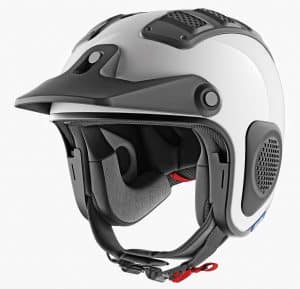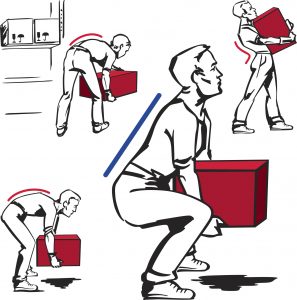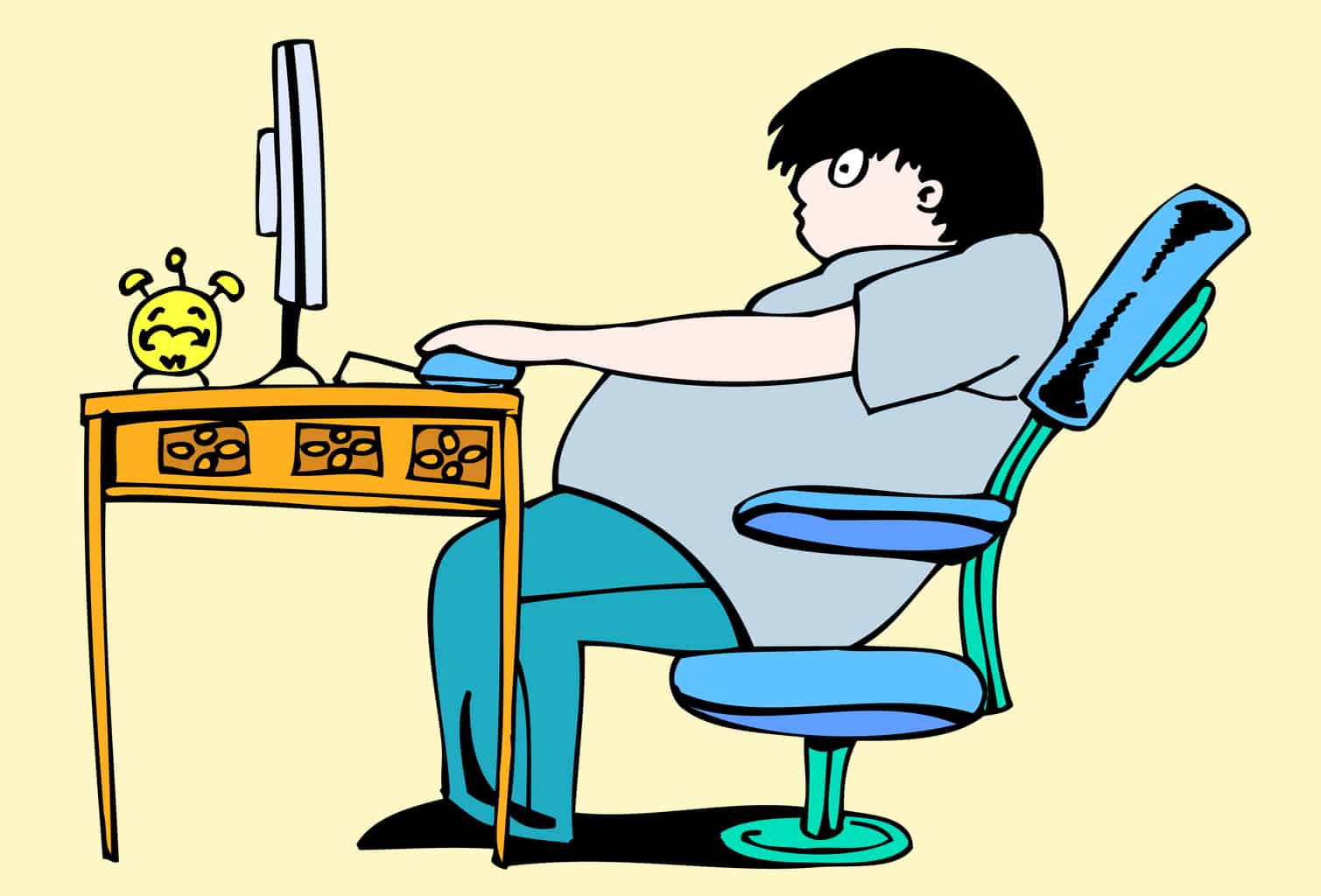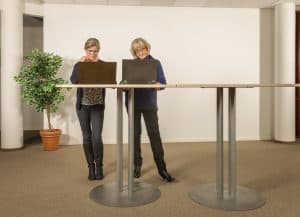 The 20th Congress of the International Ergonomics Association in Florence Italy recently concluded. Australia’s Professor David Caple attended and brought the latest research into the benefits of sit/stand desks to the September meeting of the Central Safety Group in Melbourne. Caple said that evidence remains confusing on this increasingly popular piece of office furniture and echoed the modern approach to occupational health and safety (OHS) matters – look at what the work involves and how and where people do it.
The 20th Congress of the International Ergonomics Association in Florence Italy recently concluded. Australia’s Professor David Caple attended and brought the latest research into the benefits of sit/stand desks to the September meeting of the Central Safety Group in Melbourne. Caple said that evidence remains confusing on this increasingly popular piece of office furniture and echoed the modern approach to occupational health and safety (OHS) matters – look at what the work involves and how and where people do it.
Caple explained how large companies are moving away from open-plan offices to those designed around “activity-based work or

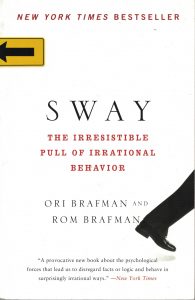 In 2008 the brothers Brafman wrote “
In 2008 the brothers Brafman wrote “